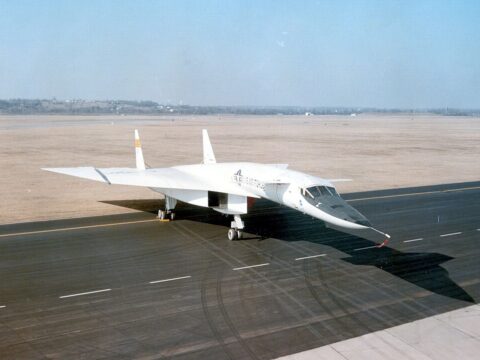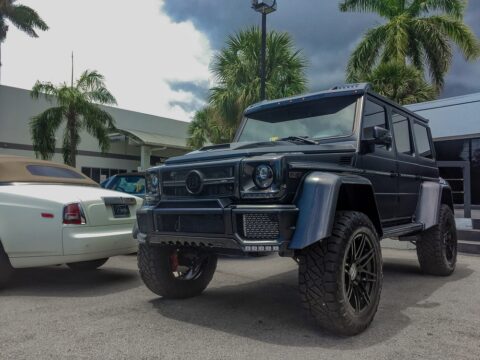Not all car models achieve success; some are quickly forgotten by the public and even by the manufacturers themselves. These obscure models often represent missteps in design, performance, or market strategy. Here are some car models that automakers want you to forget, highlighting their less-than-stellar place in automotive history.
Contents
Pontiac Aztek
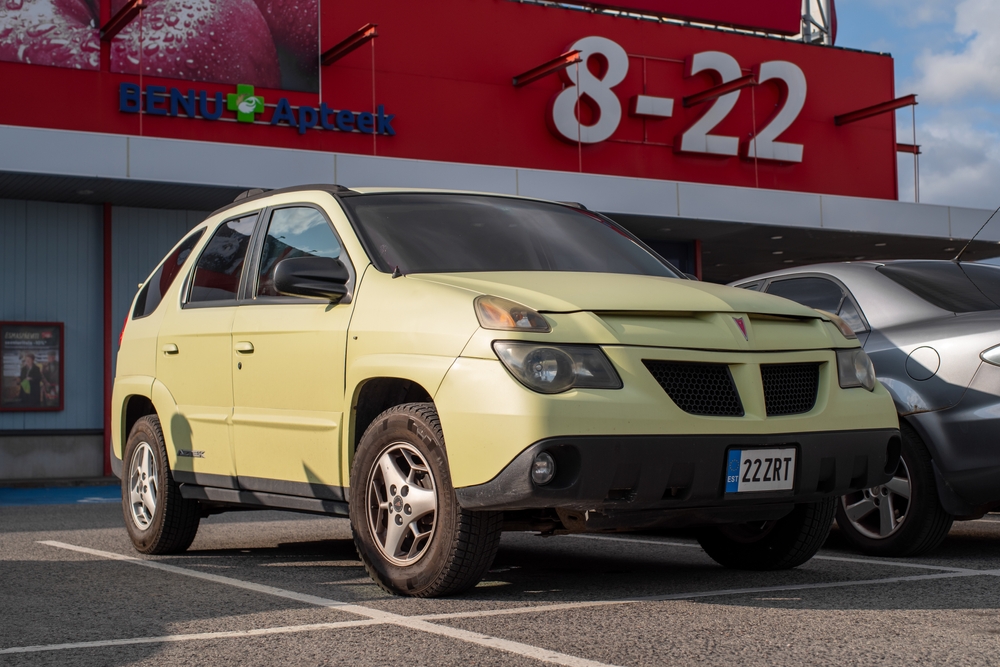
The Pontiac Aztek, produced from 2001 to 2005, is widely considered one of the most poorly designed vehicles in automotive history. Its awkward, boxy design and controversial styling led to poor sales and a negative reputation. Equipped with a 3.4-liter V6 engine producing 185 horsepower, the Aztek was marketed as a versatile crossover but failed to capture the market’s interest. General Motors would rather forget this misstep that became a pop culture joke, despite its brief resurgence in popularity due to its appearance in the TV show “Breaking Bad.”
Ford Edsel
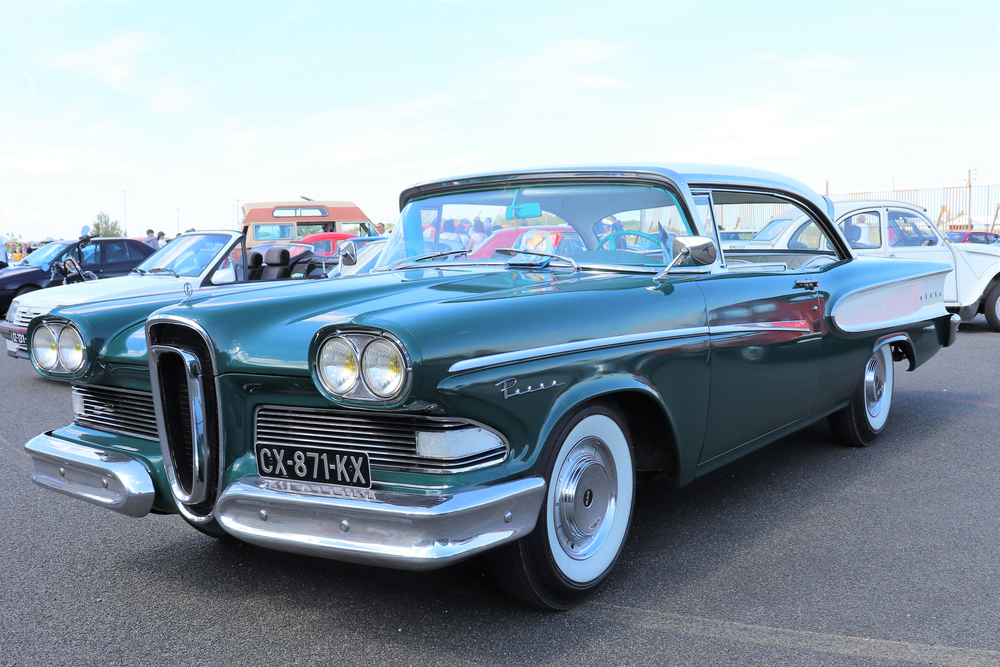
The Ford Edsel, produced from 1958 to 1960, was intended to fill the gap between Ford and Mercury models but ended up being a commercial disaster. The Edsel’s design, featuring a distinctive horse-collar grille, was polarizing and widely mocked. Equipped with a range of V8 engines, including a 5.9-liter and 6.7-liter option, the Edsel failed to meet sales expectations due to its high price and poor timing during a recession. Ford quickly discontinued the model, and it remains a symbol of automotive failure.
AMC Pacer
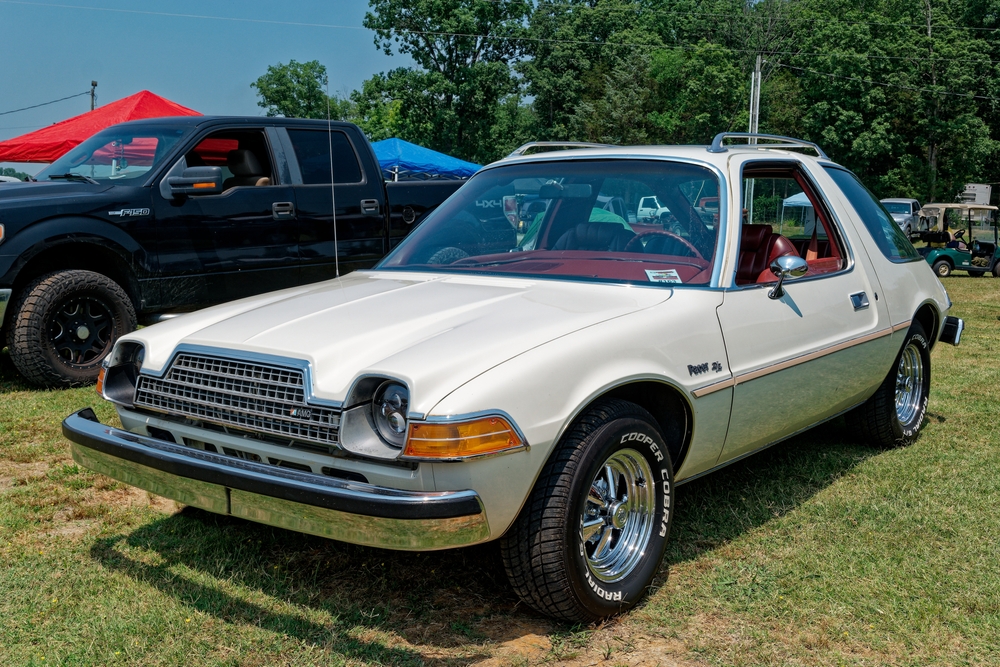
The AMC Pacer, produced from 1975 to 1980, is remembered for its unusual, bulbous design and large glass areas, which gave it a fishbowl-like appearance. Equipped with a 3.8-liter or 4.2-liter inline-six engine, the Pacer was marketed as a futuristic compact car. However, its unconventional styling, poor fuel economy, and lackluster performance led to its commercial failure. AMC, struggling financially, would prefer to erase the Pacer’s memory from its history.
Chevrolet Vega
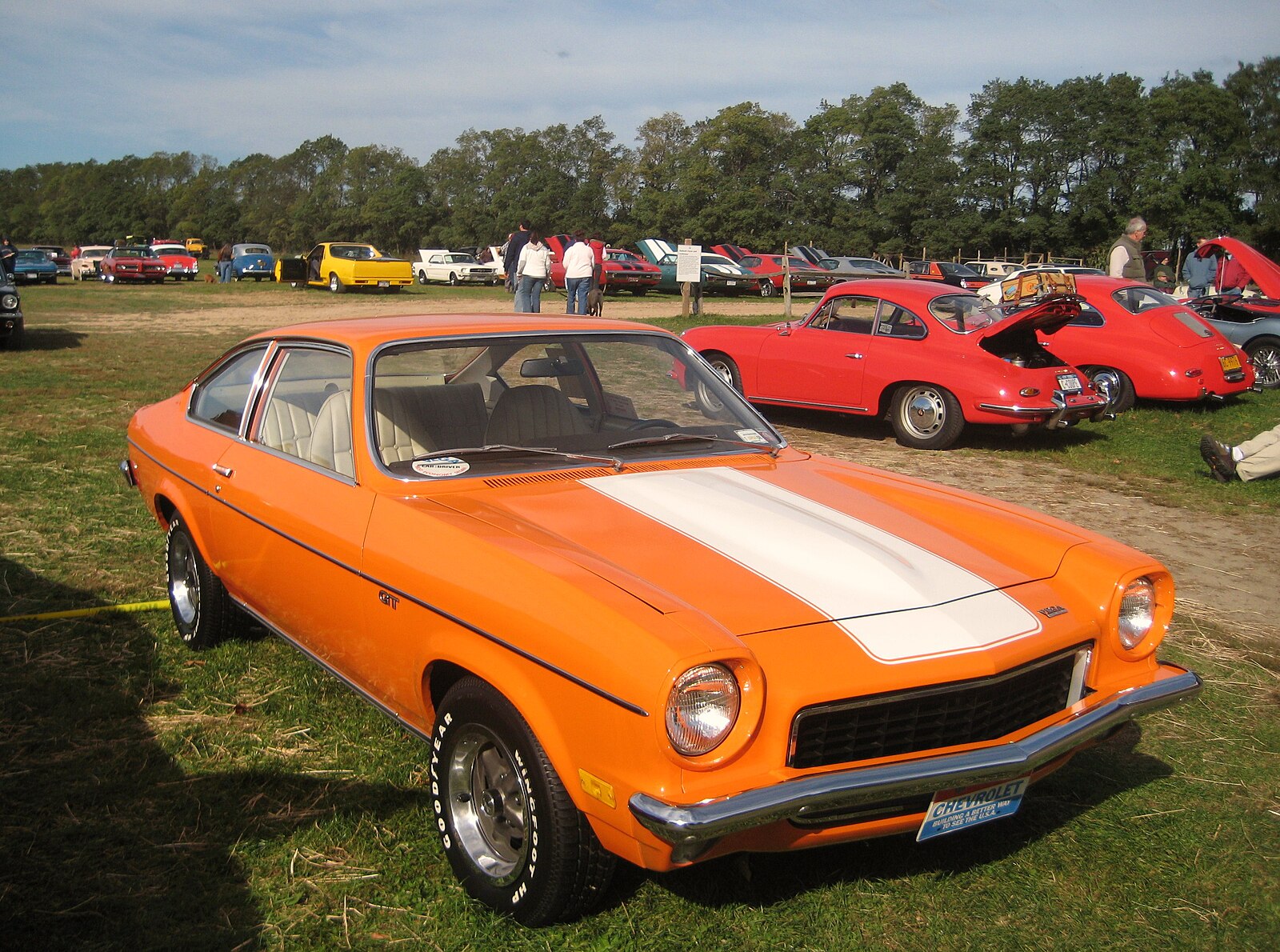
The Chevrolet Vega, produced from 1970 to 1977, was plagued by numerous quality control issues, including rust problems and engine reliability. Designed to compete with imports, the Vega featured a 2.3-liter inline-four engine. Despite initial praise for its design and handling, the Vega’s reputation quickly declined due to frequent mechanical failures. Chevrolet would rather forget this blemish on its record, which damaged its reputation for quality.
Cadillac Cimarron
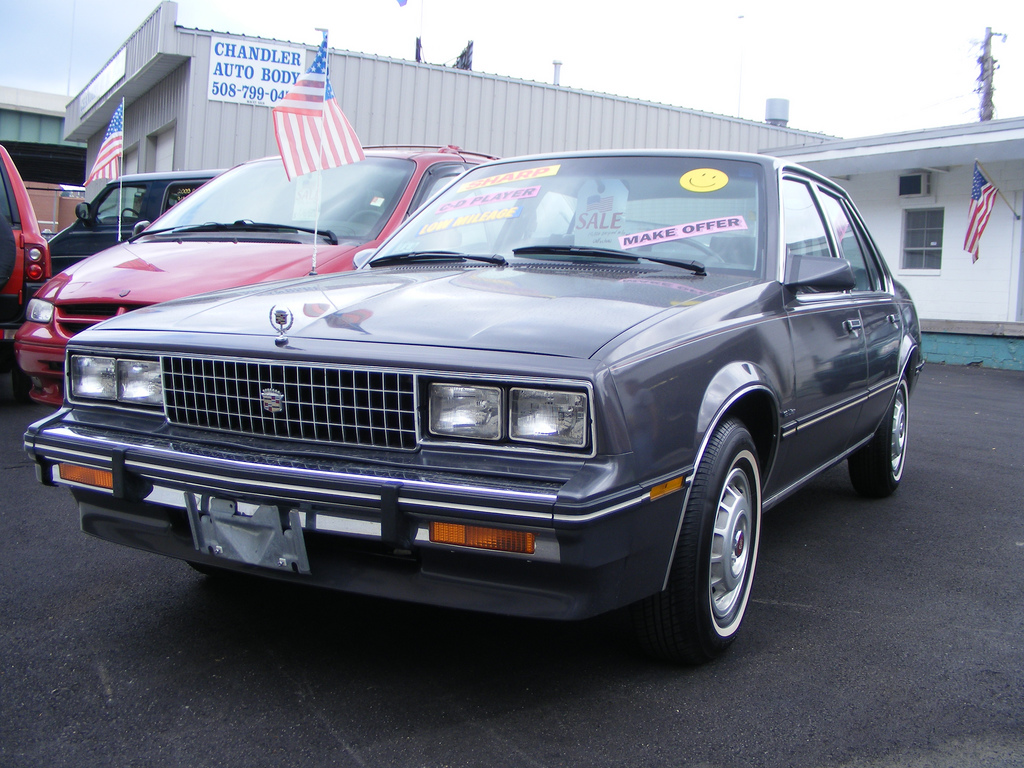
The Cadillac Cimarron, produced from 1982 to 1988, was a poorly executed attempt to enter the compact luxury market. Essentially a rebadged Chevrolet Cavalier, the Cimarron was equipped with a 1.8-liter or 2.0-liter four-cylinder engine, which failed to deliver the performance expected from a Cadillac. Its uninspired design and lack of differentiation from lower-priced GM models led to poor sales and a tarnished brand image. Cadillac prefers to leave the Cimarron in the past.
Renault Alliance
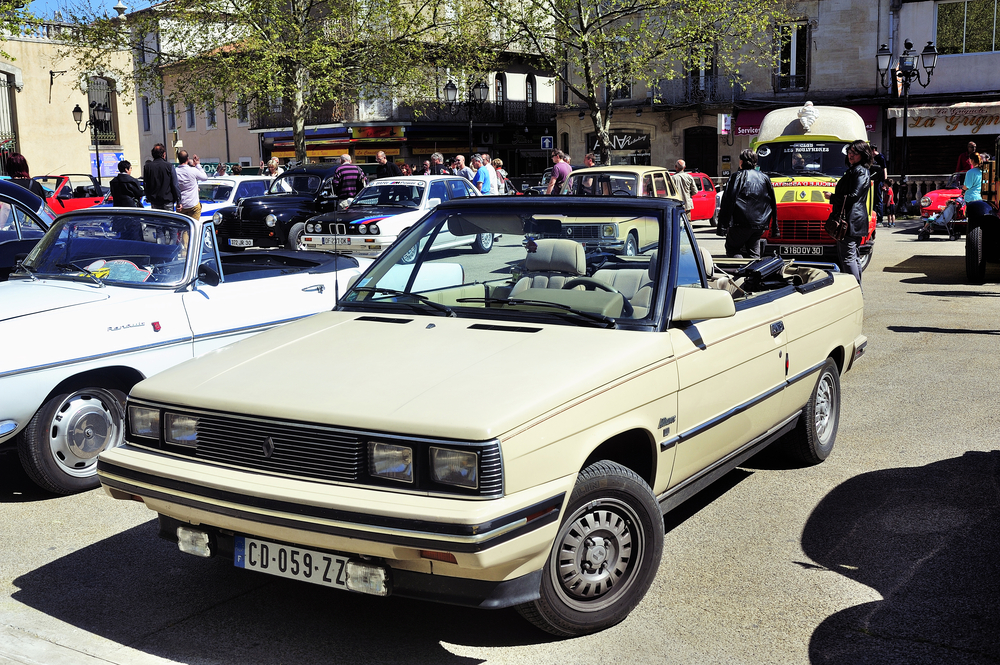
The Renault Alliance, produced from 1983 to 1987, was a result of the partnership between American Motors Corporation (AMC) and Renault. Based on the Renault 9, the Alliance featured a 1.4-liter or 1.7-liter four-cylinder engine. Despite winning the 1983 Motor Trend Car of the Year, it suffered from poor build quality and reliability issues. The Alliance’s failure contributed to Renault’s exit from the U.S. market, making it a model they’d rather forget.
Yugo GV
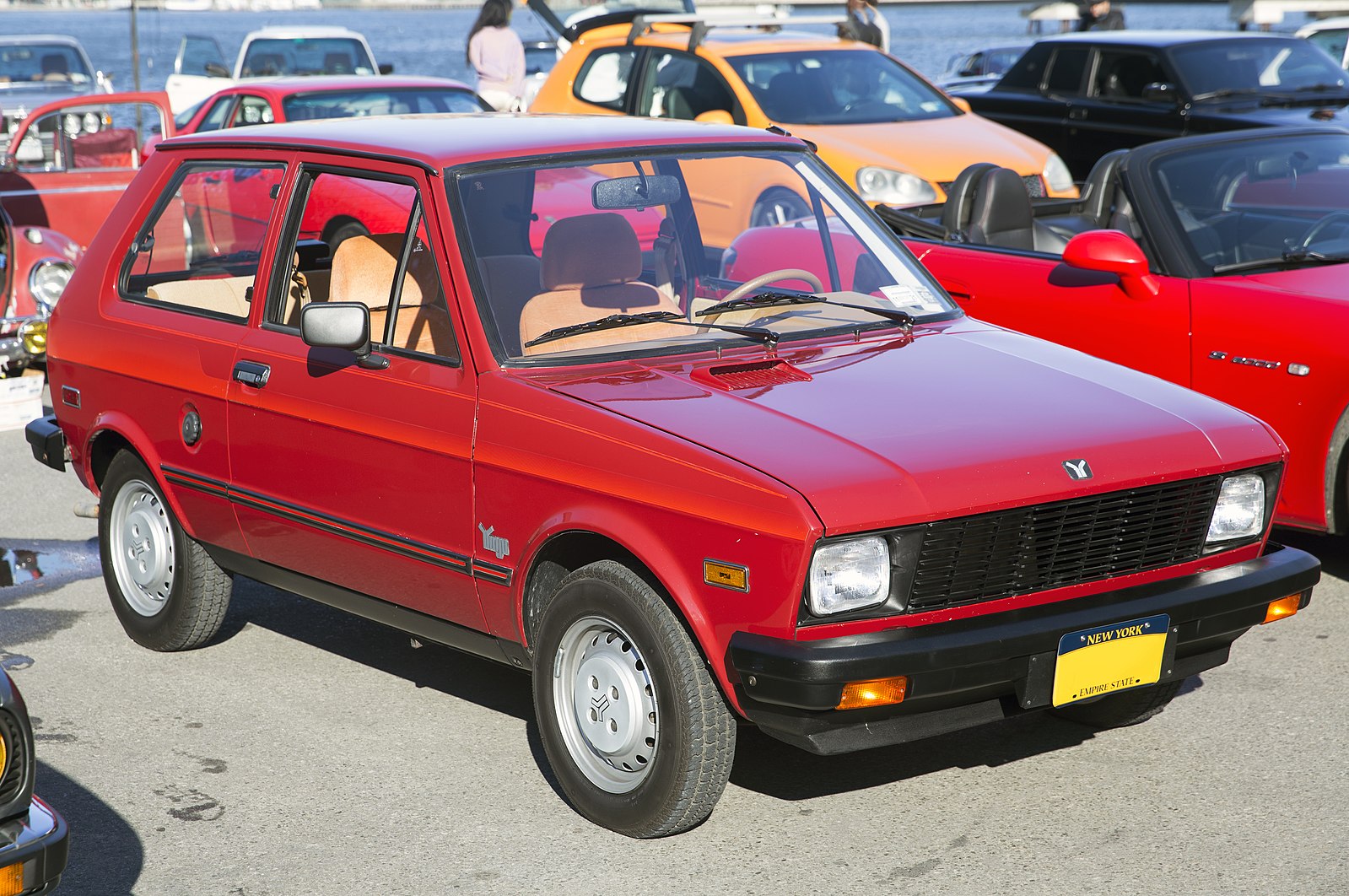
The Yugo GV, imported to the U.S. from 1985 to 1992, is often cited as one of the worst cars ever sold in America. Manufactured by Yugoslavian company Zastava, the Yugo GV was a rebadged Fiat 127 with a 1.1-liter or 1.3-liter four-cylinder engine. Its low price couldn’t compensate for its abysmal build quality, frequent mechanical problems, and poor performance. The Yugo GV’s reputation as a joke in the automotive world is something its manufacturers would like to erase.
Chrysler TC by Maserati
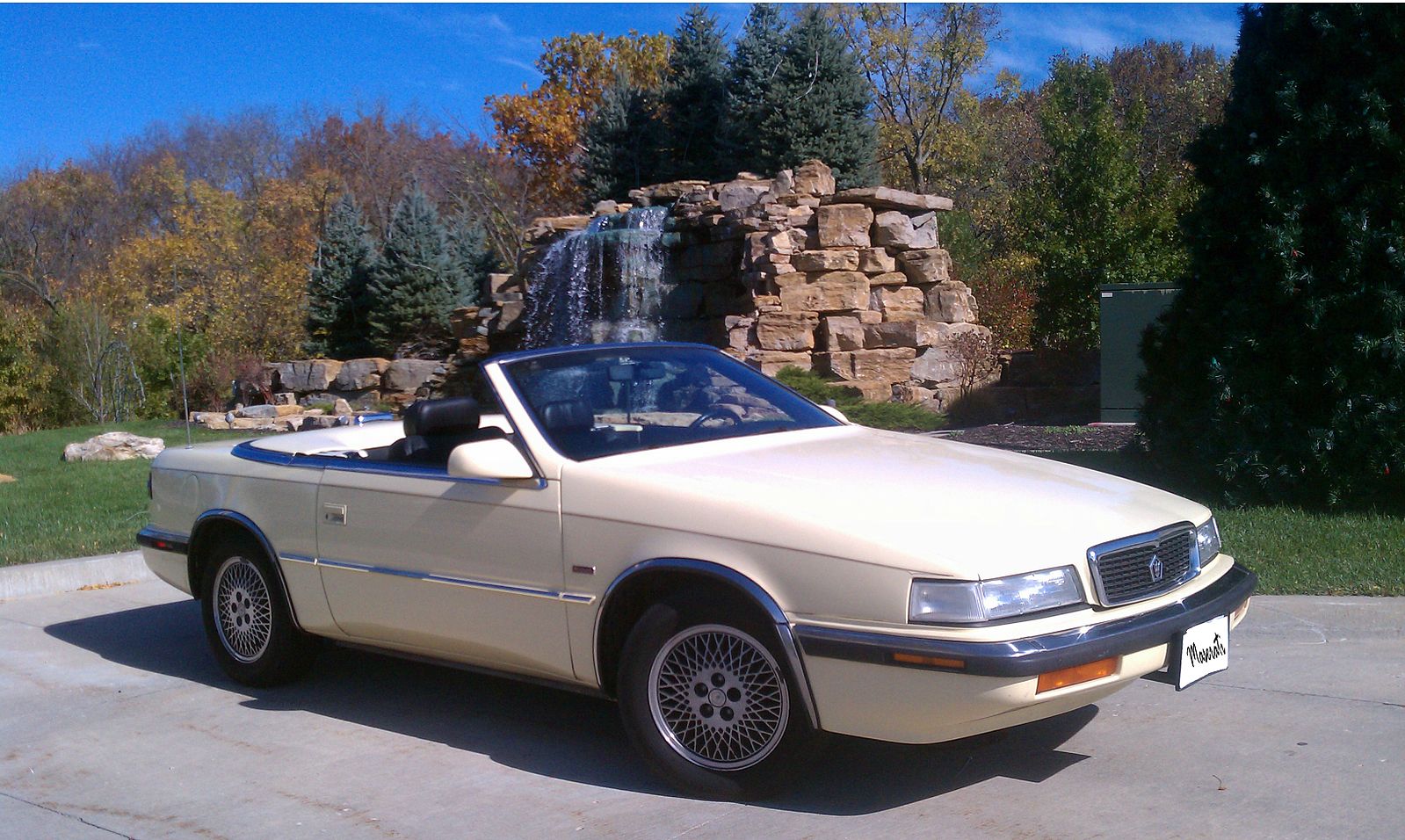
The Chrysler TC by Maserati, produced from 1989 to 1991, was a collaboration between Chrysler and Maserati that aimed to create a luxury roadster. Featuring a 2.2-liter turbocharged inline-four or a 3.0-liter V6 engine, the TC was plagued by design inconsistencies and a high price tag that didn’t match its underwhelming performance. Its close resemblance to the much cheaper Chrysler LeBaron convertible further diminished its appeal. Chrysler would rather forget this poorly received joint venture.
Sterling 825/827
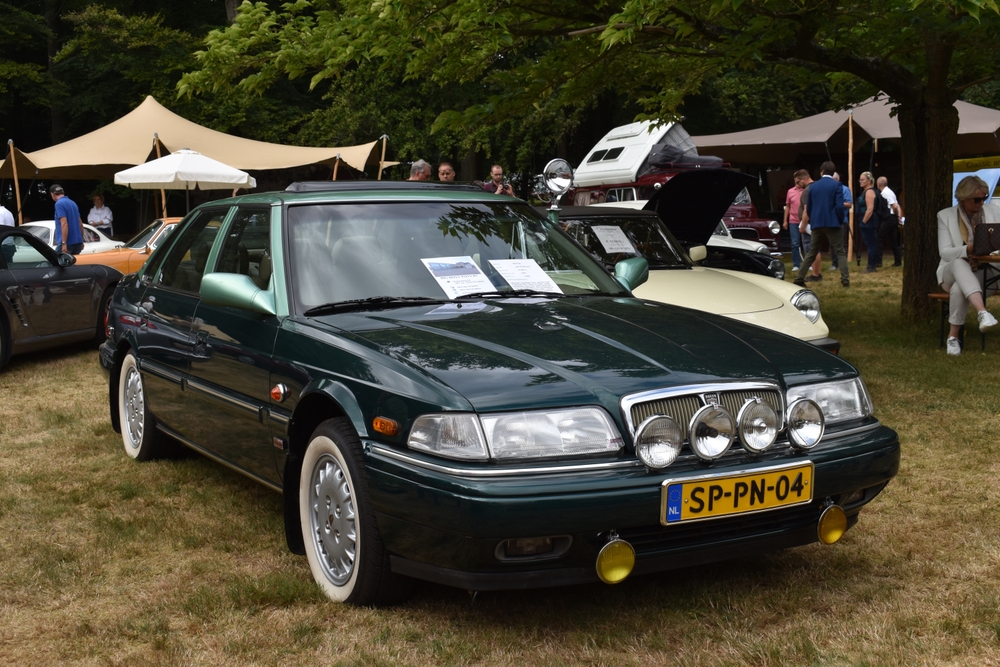
The Sterling 825/827, produced from 1987 to 1991, was a British attempt to enter the American luxury market. Based on the Acura Legend, it featured a 2.5-liter or 2.7-liter V6 engine. Despite its promising design and performance, the Sterling was marred by poor build quality, reliability issues, and inconsistent dealership support. The brand quickly disappeared from the U.S. market, leaving behind a legacy of disappointment.
Plymouth Prowler
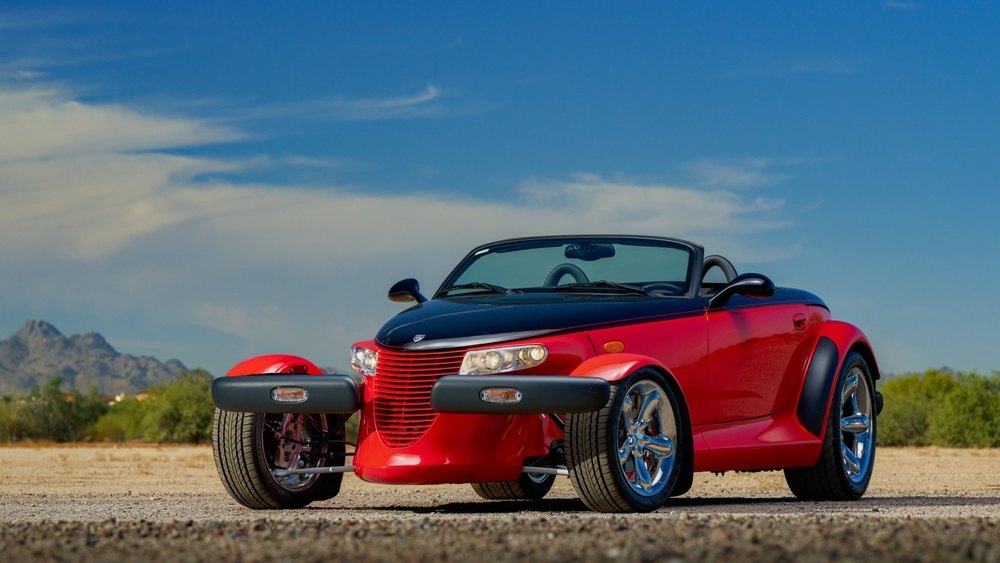
The Plymouth Prowler, produced from 1997 to 2002, was a retro-styled hot rod that promised excitement but delivered mediocre performance. Equipped with a 3.5-liter V6 engine producing 253 horsepower, the Prowler’s striking design couldn’t make up for its limited practicality, high price, and lack of a V8 engine. Plymouth’s attempt to blend modern engineering with retro aesthetics fell short, and the Prowler is often remembered as a missed opportunity.
Suzuki X-90
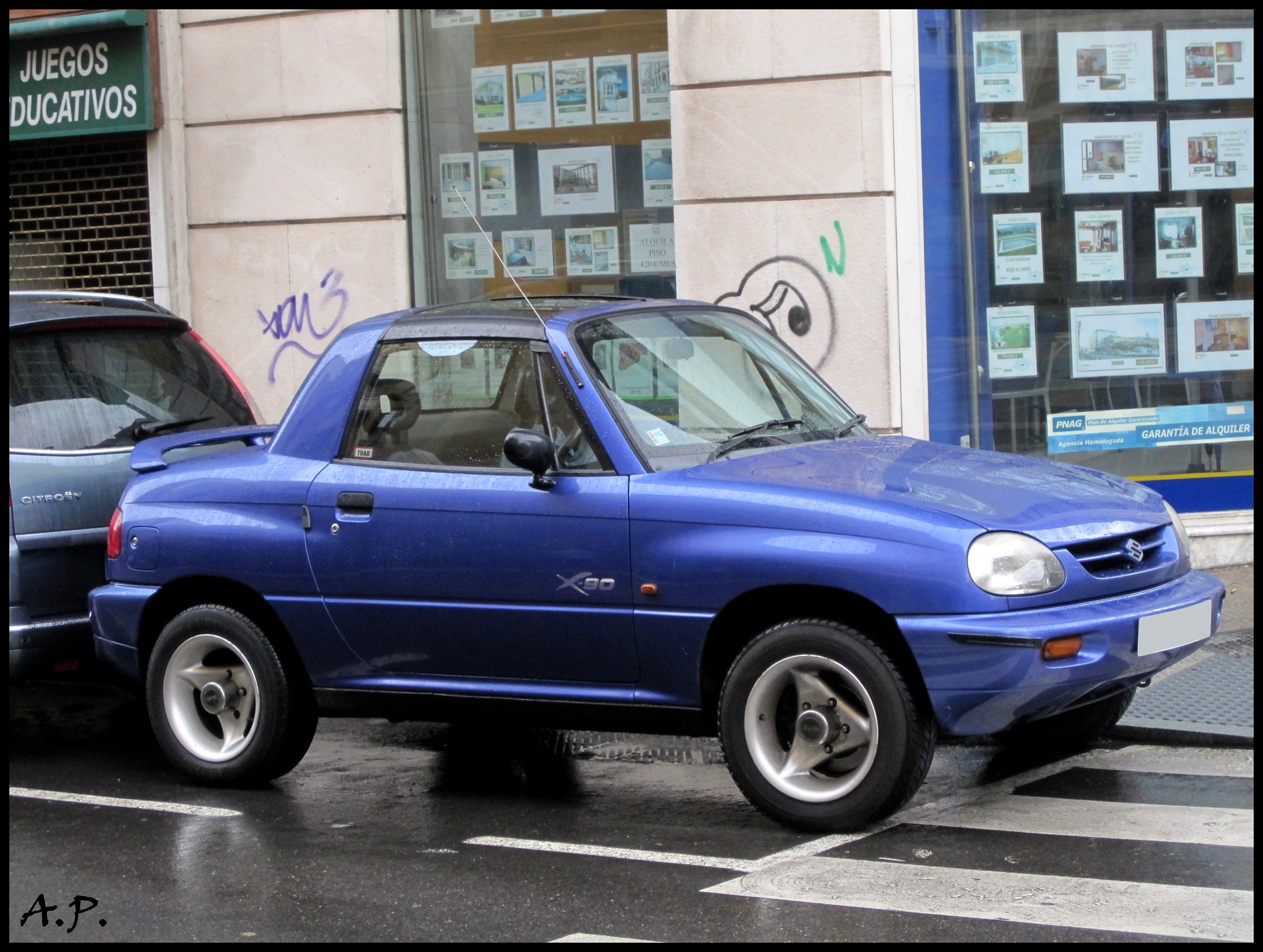
The Suzuki X-90, produced from 1995 to 1997, was a quirky two-door SUV with a T-top design. Its 1.6-liter inline-four engine and oddball styling failed to capture the market’s interest. The X-90’s impracticality, with minimal cargo space and seating for only two, led to poor sales and a short production run. Suzuki’s unusual experiment in the SUV segment is a model they’d prefer to forget.
Ford Pinto
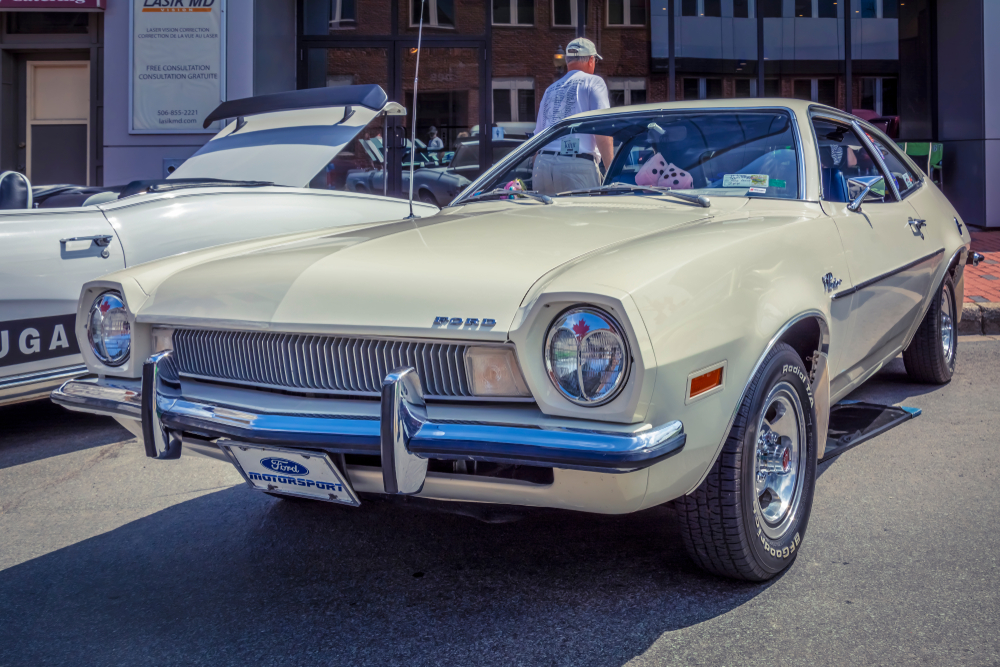
The Ford Pinto, produced from 1971 to 1980, became infamous for its dangerous fuel tank design that made it prone to catching fire in rear-end collisions. Equipped with a range of inline-four and V6 engines, the Pinto’s safety issues overshadowed its intended role as an affordable compact car. Despite being a best-seller initially, the Pinto’s tarnished safety record is a chapter Ford would like to close.
Subaru Baja

The Subaru Baja, produced from 2002 to 2006, was a small pickup truck based on the Subaru Outback. Despite its unique design and all-wheel-drive capabilities, the Baja failed to resonate with buyers due to its limited utility and odd styling. Its 2.5-liter flat-four engine provided adequate performance, but the Baja’s niche market appeal and lackluster sales led to its quick demise.
Honda Crossroad
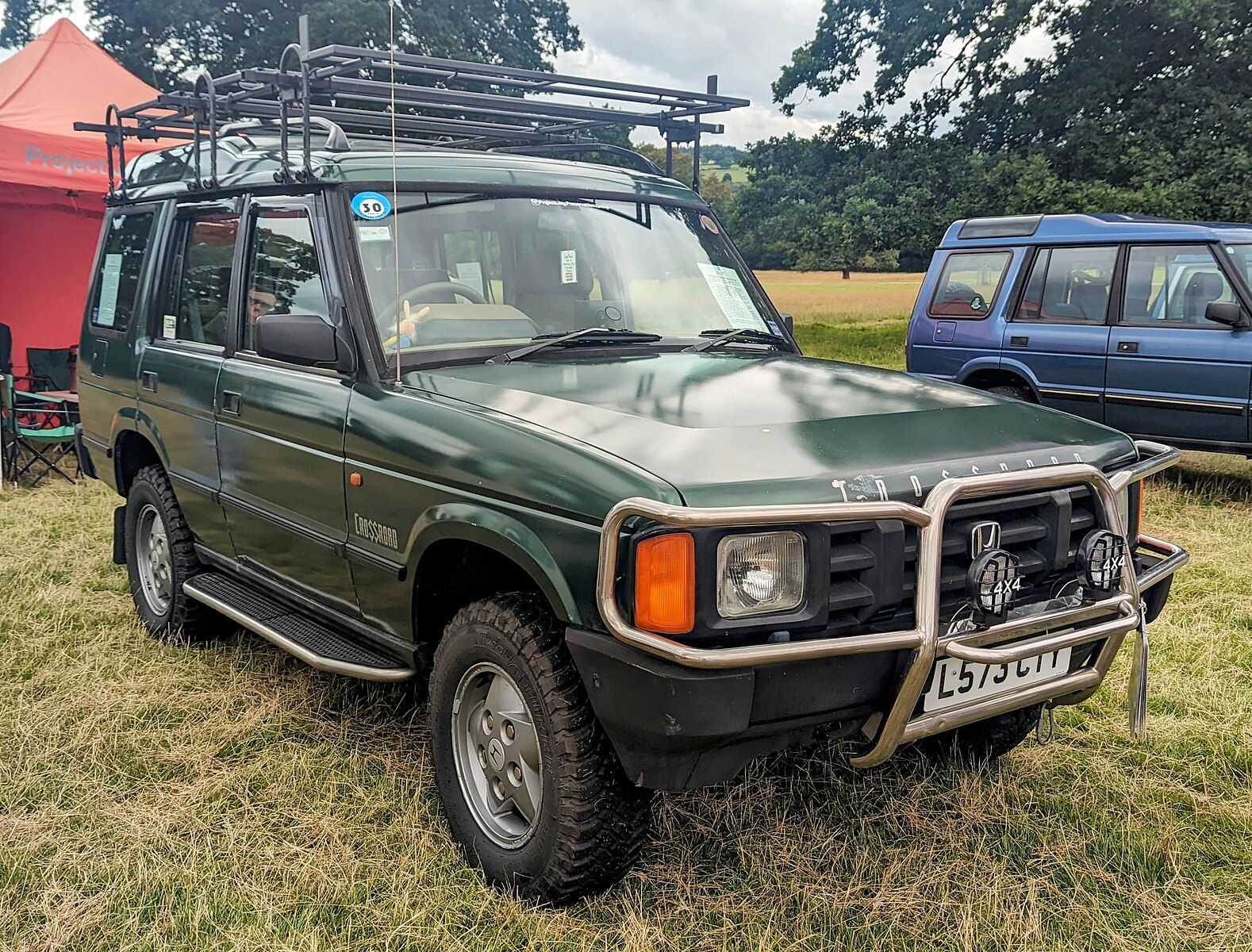
The Honda Crossroad, produced from 1993 to 1998, was essentially a rebadged Land Rover Discovery. Equipped with a 3.9-liter V8 engine, the Crossroad suffered from the same reliability issues that plagued its British counterpart. Honda’s attempt to enter the SUV market with a rebadged product was met with poor sales and mechanical problems, making it a model they’d rather forget.
Mercury Merkur XR4Ti
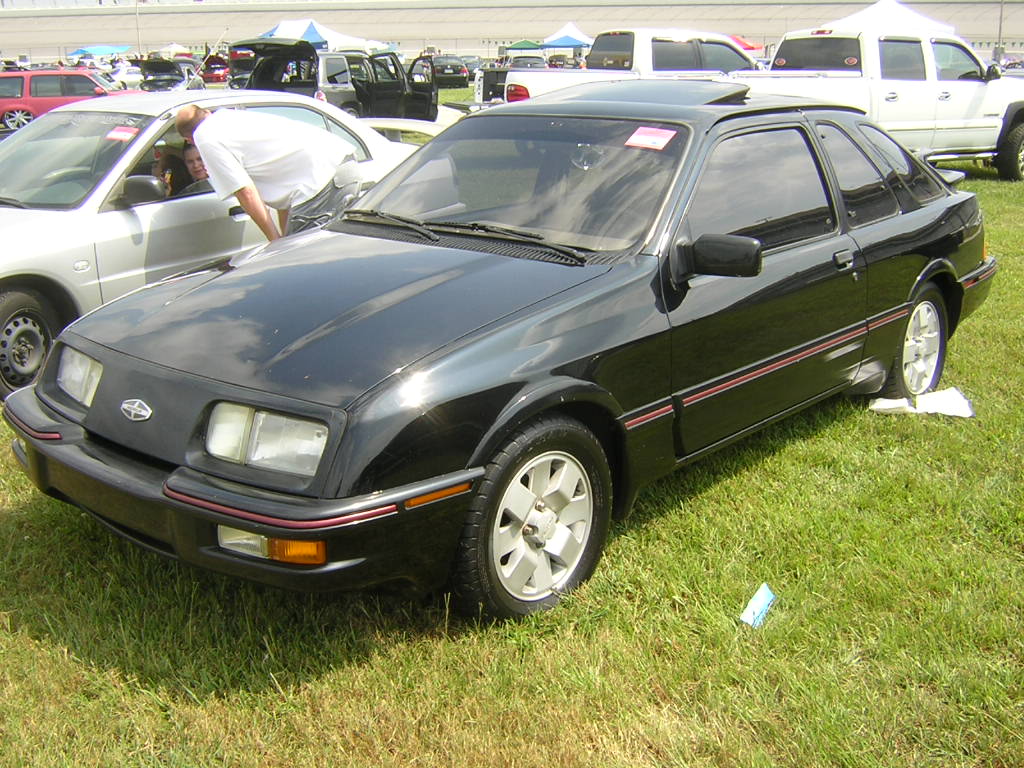
The Merkur XR4Ti, produced from 1985 to 1989, was Ford’s attempt to bring European performance to the American market. Based on the Ford Sierra, it featured a turbocharged 2.3-liter inline-four engine. Despite its sporty design and decent performance, the Merkur’s high price, confusing branding, and lack of dealer support led to poor sales and a short lifespan.
Isuzu VehiCROSS

The Isuzu VehiCROSS, produced from 1997 to 2001, was a compact SUV with a bold, futuristic design. Powered by a 3.5-liter V6 engine, the VehiCROSS was praised for its off-road capabilities but criticized for its limited interior space and poor visibility. Its unconventional styling and niche market appeal led to low sales, making it an obscure chapter in Isuzu’s history.
Cadillac Catera
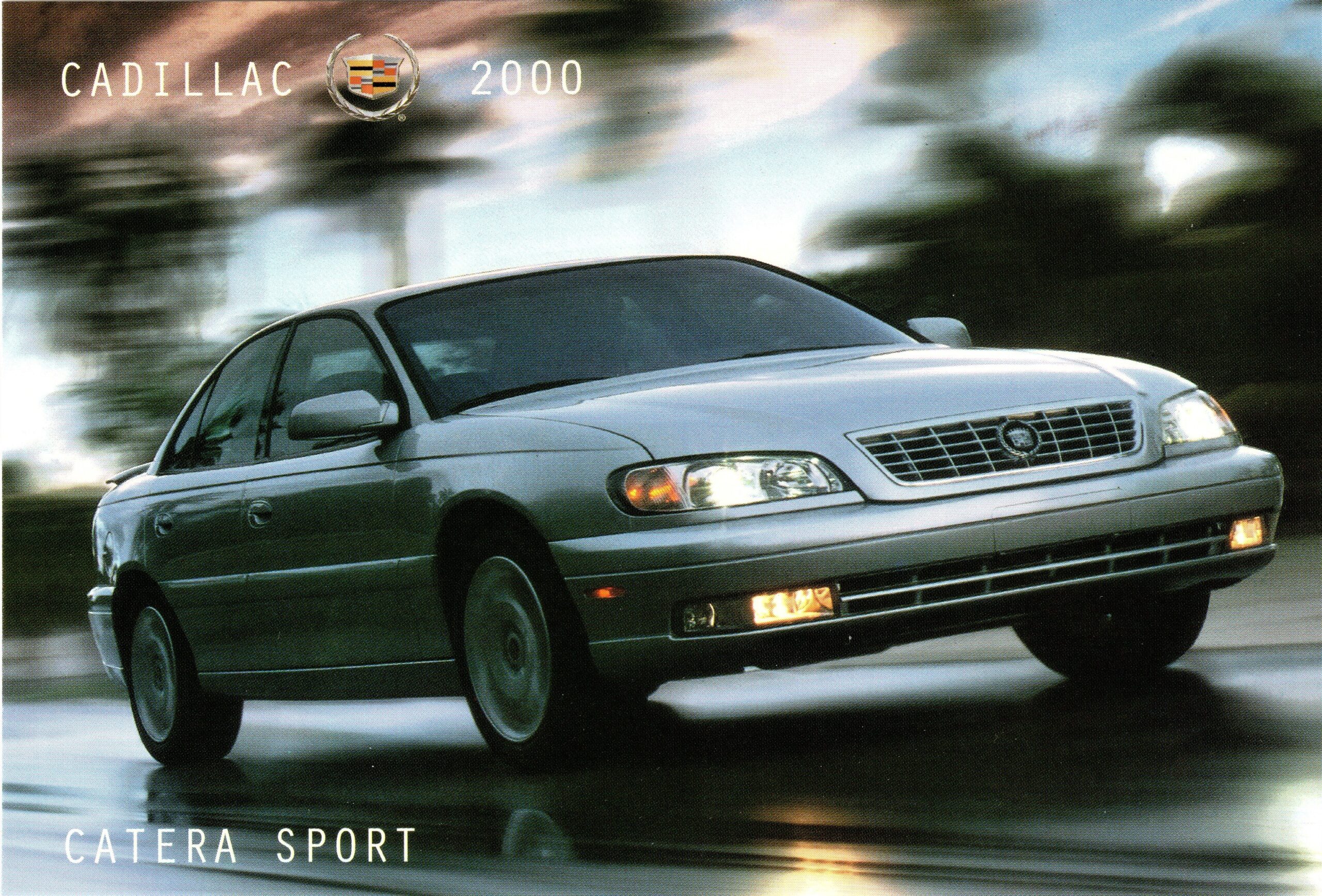
The Cadillac Catera, produced from 1997 to 2001, was intended to attract younger buyers to the Cadillac brand. Based on the Opel Omega, it featured a 3.0-liter V6 engine. Despite its European roots, the Catera’s uninspired design, mediocre performance, and frequent mechanical issues led to poor sales. Cadillac’s “Caddy that zigs” marketing campaign couldn’t save the Catera from obscurity.
Oldsmobile Achieva
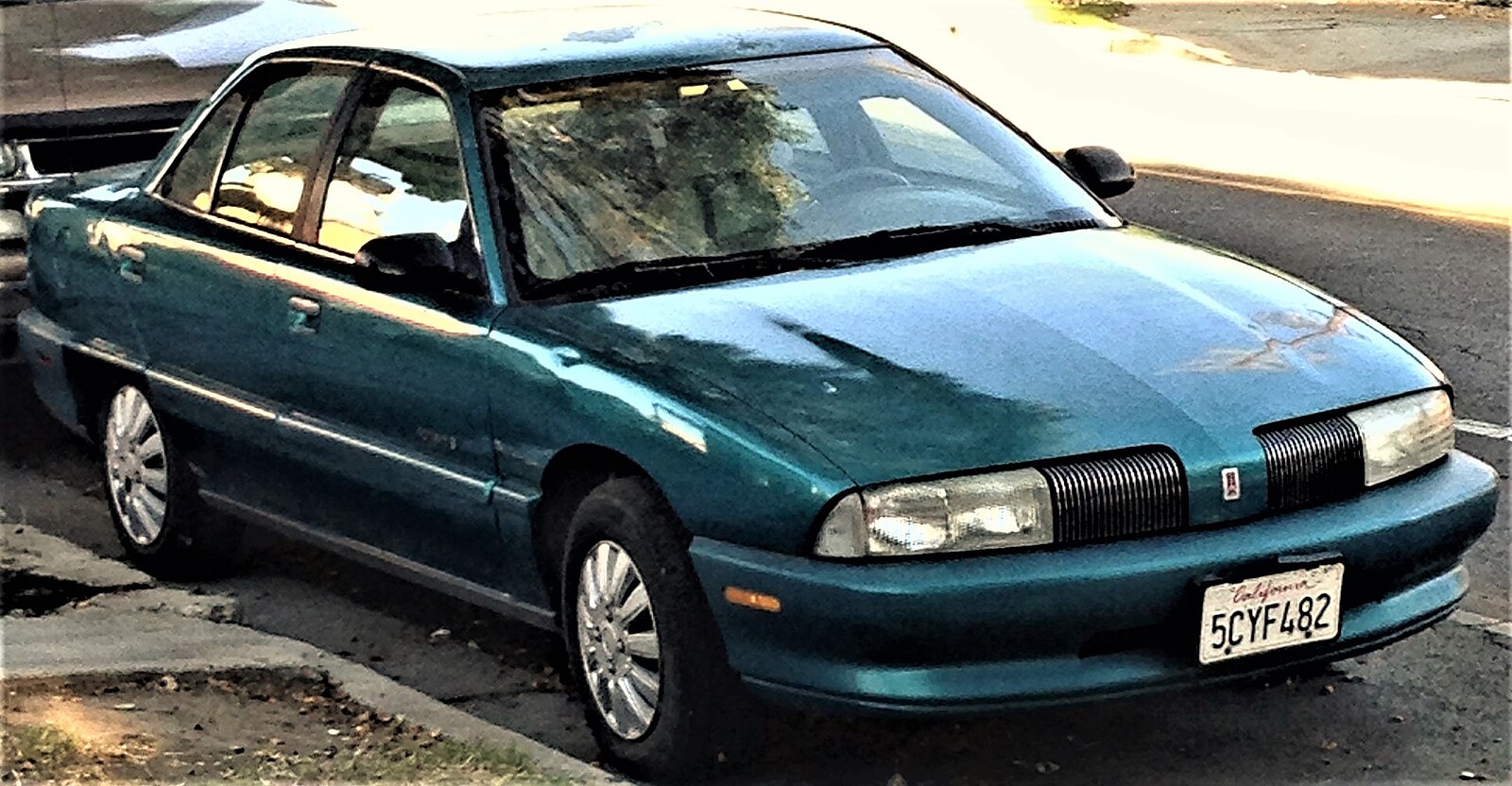
The Oldsmobile Achieva, produced from 1991 to 1998, was a compact car that failed to stand out in a crowded market. Equipped with a range of four-cylinder and V6 engines, the Achieva suffered from bland styling, poor build quality, and reliability issues. Despite its attempt to appeal to younger buyers, the Achieva quickly faded into obscurity as Oldsmobile struggled to reinvent itself.
Dodge Rampage
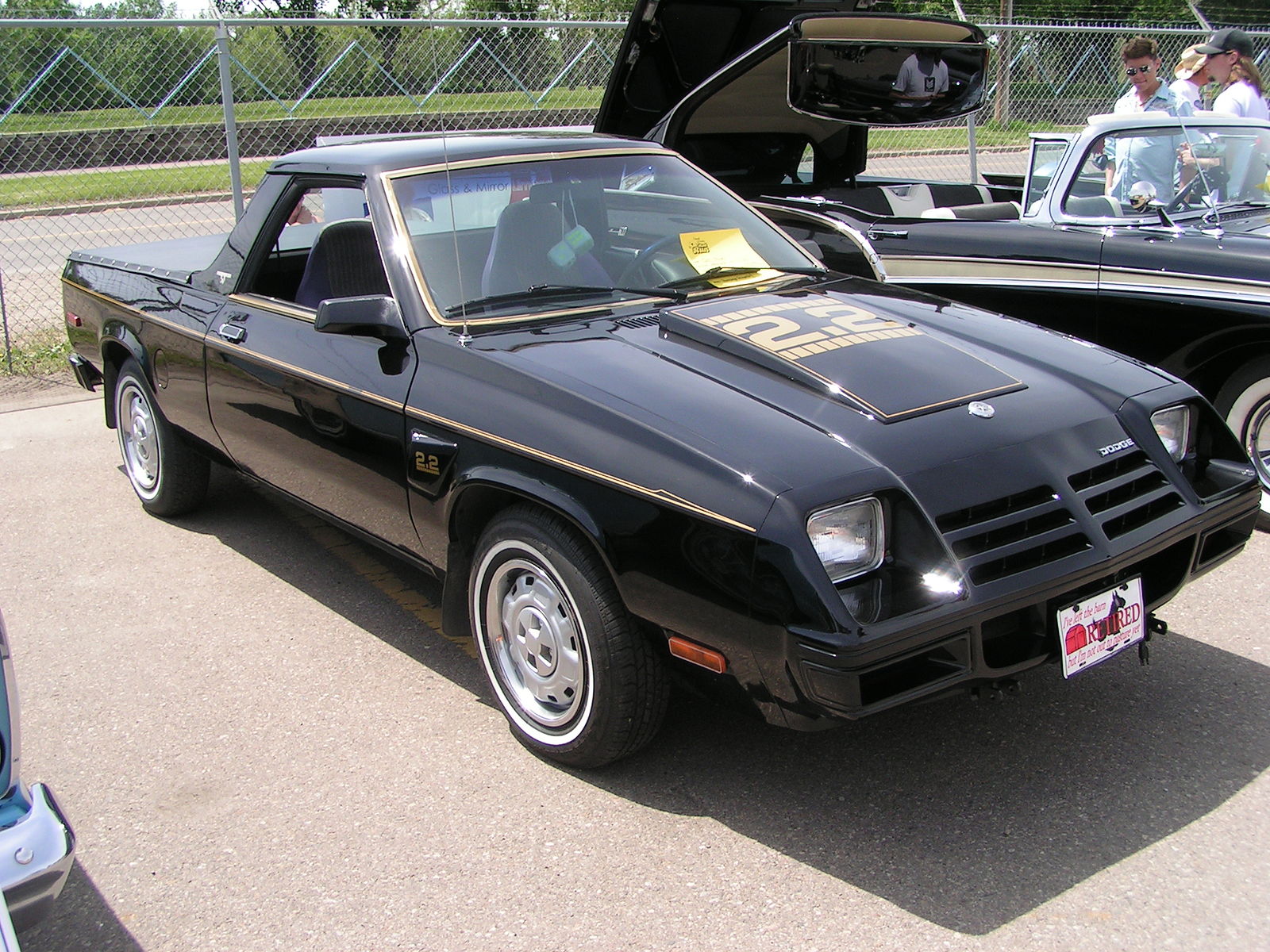
The Dodge Rampage, produced from 1982 to 1984, was a car-based pickup truck powered by a 2.2-liter inline-four engine. Despite its practical design and decent fuel economy, the Rampage failed to gain traction in the market. Its small size and limited payload capacity made it less appealing compared to traditional trucks, leading to its short-lived production run.
Mitsubishi 3000GT VR-4
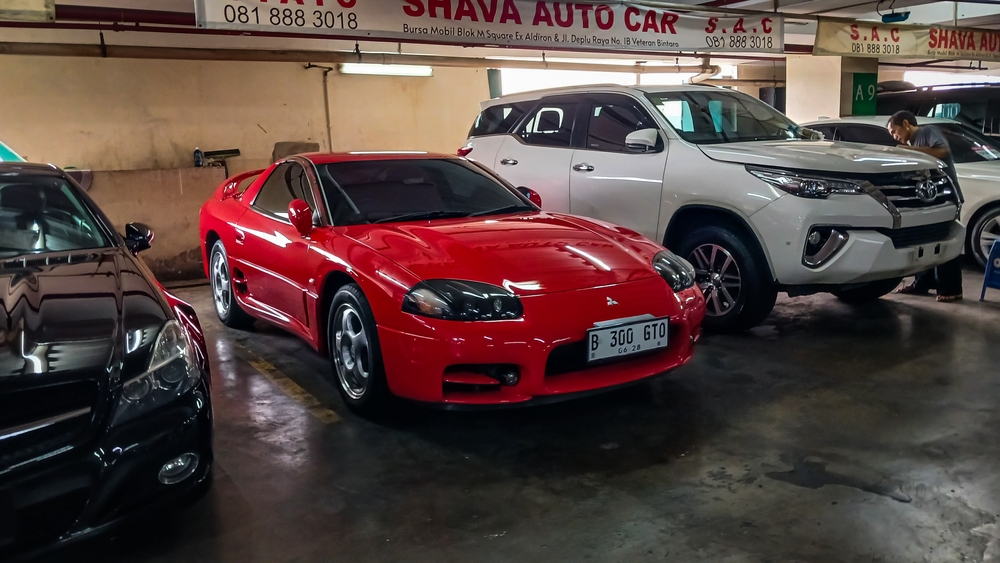
The Mitsubishi 3000GT VR-4, produced from 1990 to 2001, was a high-performance sports car with advanced technology for its time, including all-wheel drive and active aerodynamics. Powered by a twin-turbo 3.0-liter V6 engine, it produced 320 horsepower. Despite its impressive specifications, the 3000GT VR-4’s high price, heavy weight, and complex maintenance needs limited its market appeal. Mitsubishi’s ambitious sports car ultimately fell short of expectations.
This article originally appeared on MyCarMakesNoise.
More from MyCarMakesNoise
10 Military Aircraft Features Pilots Find Frustrating

Military pilots operate some of the most advanced and powerful machines in the world, but these aircraft are not without their challenges. While they are designed to perform under the most extreme conditions, certain features can make a pilot’s job more difficult and, at times, downright frustrating. Read More.
10 Motorcycles That Will Run for Decades Without Breaking Down

When it comes to choosing a motorcycle, reliability is often one of the top concerns for riders. Whether you’re commuting daily or embarking on long road trips, having a bike that can run for decades without breaking down is essential. Read More.
15 Top Luxury Sedans with Powerful V6 Engines

Regarding luxury sedans, a powerful V6 engine can transform a smooth, elegant ride into an exhilarating driving experience. Combining the best of both worlds – luxury and performance – these sedans offer more than just plush interiors and cutting-edge technology. Read More.

